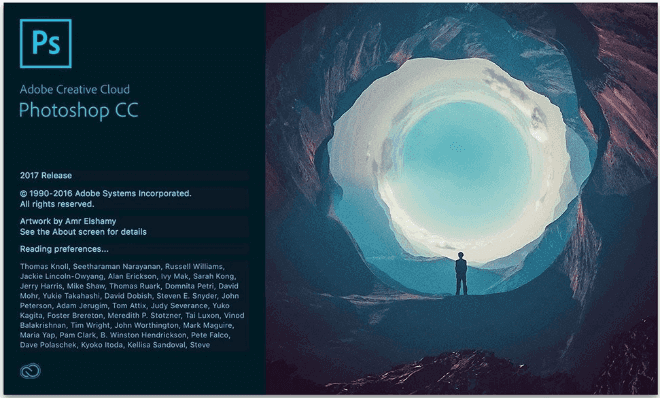


That means 800 ppi minimum image resolution. When you’re printing to a platesetter, you need very high image resolution to match the quality of photographically reproduced line art. In this case, just shoot the image in color. Note that you can use a digital camera as a scanner, of course. Scanning grayscale and converting with this method holds much more detail (looks “dirty” but it prints so much cleaner):īy the way, if you’re scanning newsprint or anything else that has something on the opposite side of the paper, try placing a black piece of paper behind the page you’re scanning. More after the jump! Continue reading below↓įree and Premium members see fewer ads! Sign up and log-in today. Sure, your files are eight times as large, but it’s only temporary. So avoid the temptation to scan line art as line art, and scan it as grayscale instead. If you scan in Bitmap mode (line art or 1-bit), you can’t do much of anything to improve your image. It’s essential that you scan in Grayscale mode. (Much of this is also covered in both Real World Photoshop and Real World Scanning & Halftones.) Fortunately, it’s not difficult if you follow these steps. Scanning line art (artwork made of only one color, usually black on white paper) is nowhere near as straightforward as many people think, especially for high-resolution printing.
#SCAN ARTWORK INTO PHOTOSHOP FOR MAC HOW TO#
I would very much appreciate a review about how to effectively and efficiently do that. David, I am attending a conference and one of the speakers mentioned he once attended a conference at which you spoke and you covered 3 or 4 steps to scanning and digitizing line art that would be suitable for reproduction for in a newspaper.


 0 kommentar(er)
0 kommentar(er)
